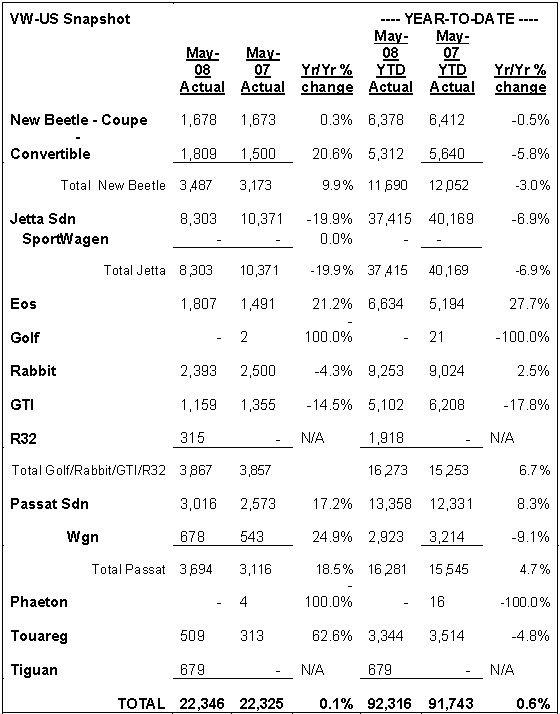
Every year, J. D. Power and Associates publishes the Initial Quality Study (IQS), ranking automakers from best to worst. As far back as 2004, Volkswagen has usually hovered around automakers such as Land Rover. Not in bad company until you realize that Land Rover is usually dead last in the survey with Volkswagen just 2-3 spaces higher than Land Rover. Historically, the IQS has been a source of shame for Volkswagen as, year after year, they always remain near the bottom. In the last 4 years, Volkswagen has gone as far down as third from last (above Suzuki and Land Rover in 2006) with 171 problems per 100 vehicles. In 2007, Volkswagen improved just a tiny bit going up fifth from last with just 160 problems per 100 vehicles.
But, oh, what a difference a year makes. J. D. Power and Associates just released 2008's IQS and Volkswagen sure has done well this year. Jumping up 8 spaces to be 13th from the bottom, reducing their problems per 100 vehicles from last year's 160 to a mere 128, just 10 points shy of meeting the industry average of 118. J. D. Power and Associates also named the Volkswagen Passat the
most improved model in this year's study.
Granted, Volkswagen still has a long way to go. But the news here isn't so much what they have accomplished in one year (though that certainly is news), it's what they could
potentially accomplish by next year. If they could improve by just half of what they managed to do this year, that would put them above the industry average into around 10th place from the top, which is where Audi currently hovers.
Press release and previous years' results after the jump.
Source: J. D. Power and Associates, Autoblog
J.D. Power and Associates Reports:
Overall Initial Quality Improves Considerably, with Gains Shared Across Most Manufacturers
American Honda, Ford Motor Company, General Motors Corporation and Toyota Motor Sales
Each Capture Three Initial Quality Model Awards
WESTLAKE VILLAGE, Calif.: 4 June 2008 - Initial quality in the automotive industry has improved significantly in 2008, with substantial gains demonstrated by nearly three-fourths of the 36 ranked nameplates, according to the J.D. Power and Associates 2008 Initial Quality StudySM (IQS) released today. Overall quality improves to 118 problems per 100 vehicles (PP100) in 2008, down from 125 PP100 in 2007.
"Due to some strong new-vehicle launches, in addition to a continued reduction in the level of defects and malfunctions, overall quality improves by 6 percent in 2008, compared with 2007," said David Sargent, vice president of automotive research at J.D. Power and Associates. "This gain is driven not only by strong advances from many of the high-volume brands such as Chevrolet, Ford and Toyota, but also by very significant improvements by many other automakers. This industry-wide improvement is a testament to the effort that automakers are putting into listening to the voice of the customer, and the hard work they have undertaken to integrate that feedback to design, engineer and manufacture better-quality vehicles. From working closely with the industry, we see the importance that is placed on initial quality. Vehicle manufacturers and consumers alike are reaping the rewards of this effort."
The Initial Quality Study serves as the industry benchmark for new-vehicle quality measured at 90 days of ownership. The study is used extensively by vehicle manufacturers worldwide to help them design and build better vehicles and by consumers to help them in their vehicle purchase decisions. Initial quality has been shown over the years to be an excellent predictor of long-term durability, which can significantly impact consumer purchase decisions. The study captures problems experienced by owners in two distinct categories-quality of design and defects and malfunctions.
The study finds that 86 percent of the overall improvement is due to advances in eliminating defects and malfunctions. Minimizing design problems remains a major challenge for the industry, particularly since new technology, such as navigation and entertainment devices, is becoming increasingly common in today's new vehicles.
"As consumer demand for new and more advanced wireless communication, navigation and audio technology continues to grow, manufacturers face challenges related to how well these systems are integrated into their vehicles," said Sargent. "In particular, issues with difficult-to-use audio and entertainment controls and voice command recognition failure are among the top ten problems most frequently reported by customers. Since hands-free communication for drivers will become a mandate in more and more areas throughout the U.S., this will need to be an area of continued focus for automakers."
The study also finds that new-vehicle sales patterns in 2008 have shifted away from the largest models and toward smaller models.
"This shift in sales preferences among new-vehicle buyers is in part a response to rapidly increasing fuel prices," said Sargent. "The good news for consumers in this difficult environment is that they can downsize with confidence, as there are many models with high initial quality in the smaller-vehicle segments. J.D. Power and Associates forecasts that 28 new compact-vehicle models will launch by 2010, and it will be particularly important for manufacturers to ensure high initial quality in these launches."
2008 IQS Ranking Highlights
Honda models capture three segment awards-more than any other nameplate in the 2008 study-for the Civic, CR-V and Fit. Garnering two segment awards each are: Chevrolet (Malibu and Silverado LD); Dodge (Dakota and Durango); Infiniti (EX-Series and M-Series); Lexus (LS and RX); and Mercedes-Benz (CLK-Class and E-Class). The Porsche 911 has the fewest quality problems in the industry, with just 67 problems per 100 vehicles. Also receiving segment awards are the Ford E-Series, Lincoln Navigator, Mazda MX-5 Miata, Pontiac Grand Prix Sedan and Toyota Sequoia.
"In past years, automakers have frequently struggled to achieve very high initial quality with new models," said Sargent. "With product launches and redesigns often being problematic for manufacturers from a quality standpoint, it is particularly impressive that the Chevrolet Malibu and Infiniti EX-Series achieve such high levels of quality that they receive awards in their launch year."
For a third consecutive year, Porsche tops the overall nameplate rankings, averaging 87 PP100. Following in the rankings are Infiniti (which improves from 9th rank position in 2007), Lexus, Mercedes-Benz and Toyota, respectively. Audi posts the largest improvement in ranking, moving from 26th place in 2007 to 10th in 2008.
"Porsche continues its steady improvement and has succeeded in distancing itself from the second-ranked nameplate to a greater degree in 2008-by a gap of 11 PP100-compared with 3 PP100 in 2007," said Sargent.
Assembly Plant Awards
The Mercedes-Benz assembly plant in Sindelfingen, Germany, receives the Platinum Plant Quality Award for producing vehicles yielding the fewest defects and malfunctions. Averaging just 33 PP100, the plant produces the Mercedes-Benz CL-Class, CLS-Class, E-Class Sedan, E-Class Wagon and S-Class. Plant awards are based solely on defect and malfunction counts.
Among North and South American plants, the Toyota plant in Baja California, Mexico, which produces the Toyota Tacoma, achieves the Gold Plant Quality Award.
In the Asia Pacific region, Toyota's Fujimatsu, Japan, plant, which produces the Toyota Prius, receives the Gold Plant Quality Award.
The 2008 Initial Quality Study is based on responses from more than 81,500 purchasers and lessees of new 2008 model-year cars and trucks surveyed after 90 days of ownership. The study is based on a 228-question battery designed to provide manufacturers with information to facilitate problem determination and drive product improvement. The study was fielded between February and April 2008.
Find more detailed findings on new-vehicle quality performance as well as model photos and specs by watching a video, reading an article and reviewing quality ratings at JDPower.com.
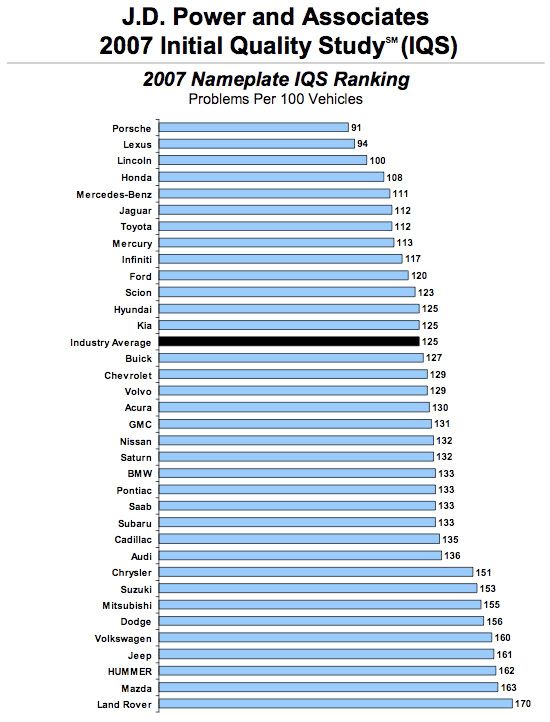
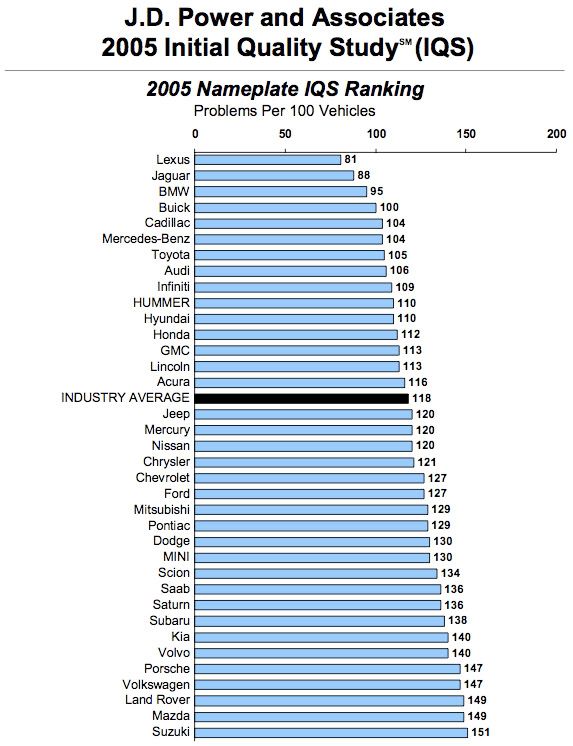
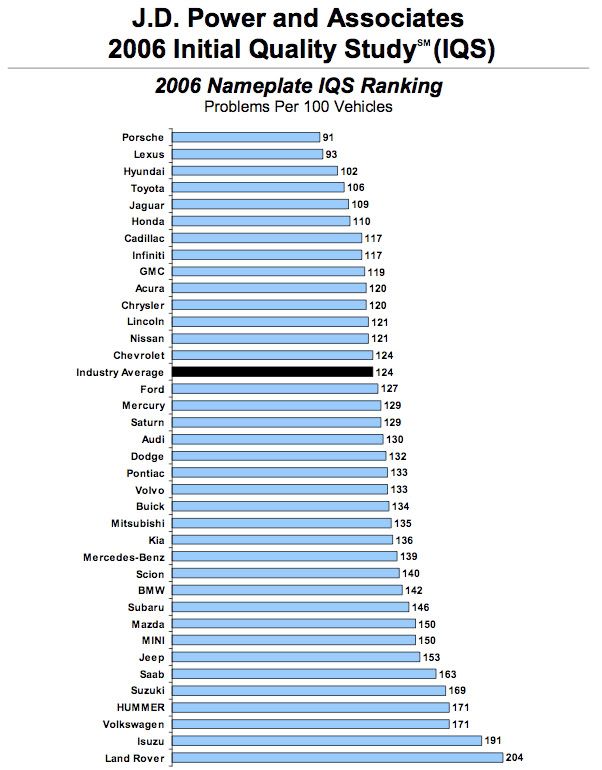
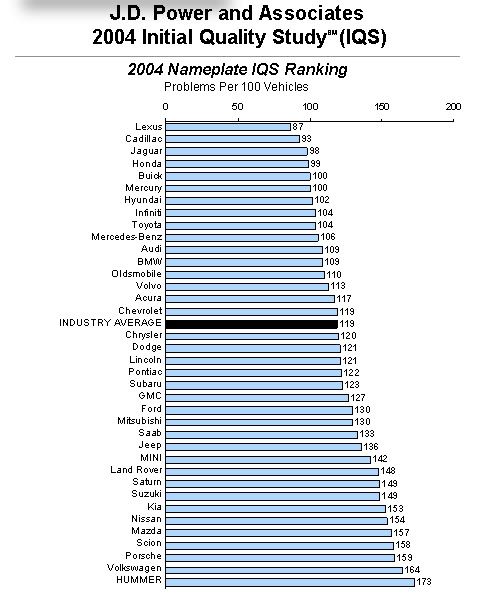
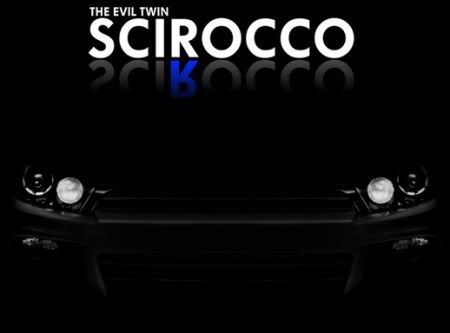 When the Scirocco was first introduced (even as the Iroc Concept), the possibility of an R version was almost a certainty. So then it comes as no surprise that this image has surfaced on the internet. Meant to be a teaser for the Scirocco's 'evil twin' R version, the shot shows the silhouette of the Scirocco's front end and with a blue R reflection now commonly associated with Volkswagen's high performance models.
When the Scirocco was first introduced (even as the Iroc Concept), the possibility of an R version was almost a certainty. So then it comes as no surprise that this image has surfaced on the internet. Meant to be a teaser for the Scirocco's 'evil twin' R version, the shot shows the silhouette of the Scirocco's front end and with a blue R reflection now commonly associated with Volkswagen's high performance models.
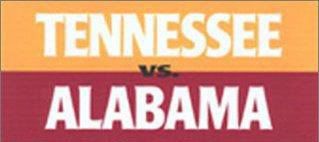 It has been talked about a lot over the last couple of months and many states have been tossed around as a possible location for the forthcoming Volkswagen plant in the US.
It has been talked about a lot over the last couple of months and many states have been tossed around as a possible location for the forthcoming Volkswagen plant in the US.  Volkswagen of the past few years or so have suffered from an identity crisis. They had no unifying theme, other than a front end treatment that hasn't been well-received. Gone were the simple, utilitarian silhouettes 1990s and were replaced with designs that are ostentatious, to say the least.
Volkswagen of the past few years or so have suffered from an identity crisis. They had no unifying theme, other than a front end treatment that hasn't been well-received. Gone were the simple, utilitarian silhouettes 1990s and were replaced with designs that are ostentatious, to say the least. 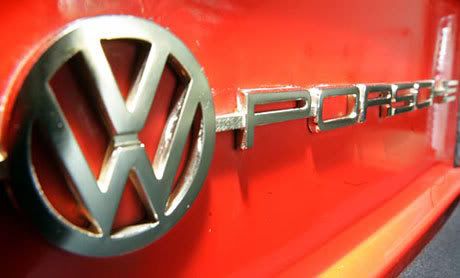 In this ever continuing saga between Porsche and Lower Saxony, Porsche has decided to increase its stake in Volkswagen to 35.6. The EU Commission requires that in order for a company to file for a takeover bid, it must already have controlling interest in the company for which it wants to takeover. With this move, Porsche gains exactly that, a controlling interest in Volkswagen.
In this ever continuing saga between Porsche and Lower Saxony, Porsche has decided to increase its stake in Volkswagen to 35.6. The EU Commission requires that in order for a company to file for a takeover bid, it must already have controlling interest in the company for which it wants to takeover. With this move, Porsche gains exactly that, a controlling interest in Volkswagen.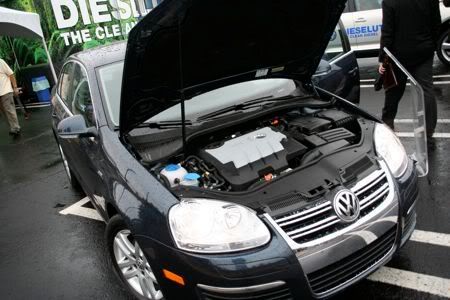 Volkswagen has announced the price for the much anticipated return of the Mk. V Jetta TDI to the US market. The Jetta TDI sedan will start at $21,990 and the SportWagen at $23,590. That places the Jetta TDI in Prius territory. This is the first 50-state compliant TDI engine for the Jetta since the engine was pulled off the market. That alone should be worth the $2,000 premium over a regular Jetta (which it is). It will be offered in both manual and DSG.
Volkswagen has announced the price for the much anticipated return of the Mk. V Jetta TDI to the US market. The Jetta TDI sedan will start at $21,990 and the SportWagen at $23,590. That places the Jetta TDI in Prius territory. This is the first 50-state compliant TDI engine for the Jetta since the engine was pulled off the market. That alone should be worth the $2,000 premium over a regular Jetta (which it is). It will be offered in both manual and DSG.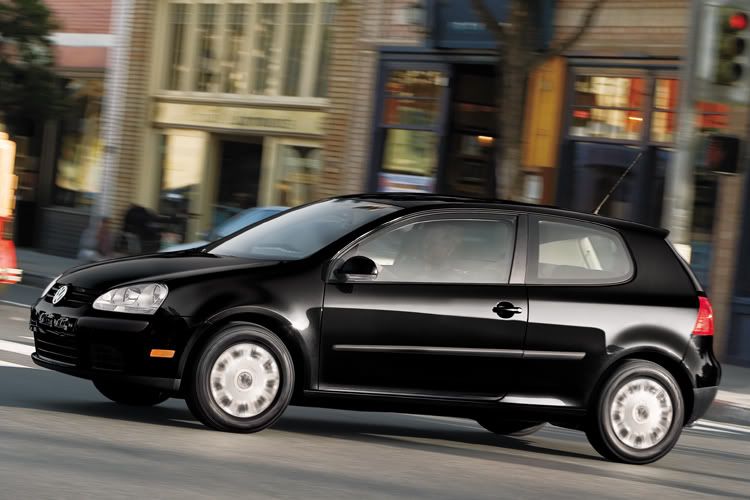 Late last week, the web was flooded with reports that claimed Volkswagen wasn't going to be bringing the yet-to-be-unveiled Mk. VI Golf to the US (and Brazil and Australia). The reports originated from German publication
Late last week, the web was flooded with reports that claimed Volkswagen wasn't going to be bringing the yet-to-be-unveiled Mk. VI Golf to the US (and Brazil and Australia). The reports originated from German publication 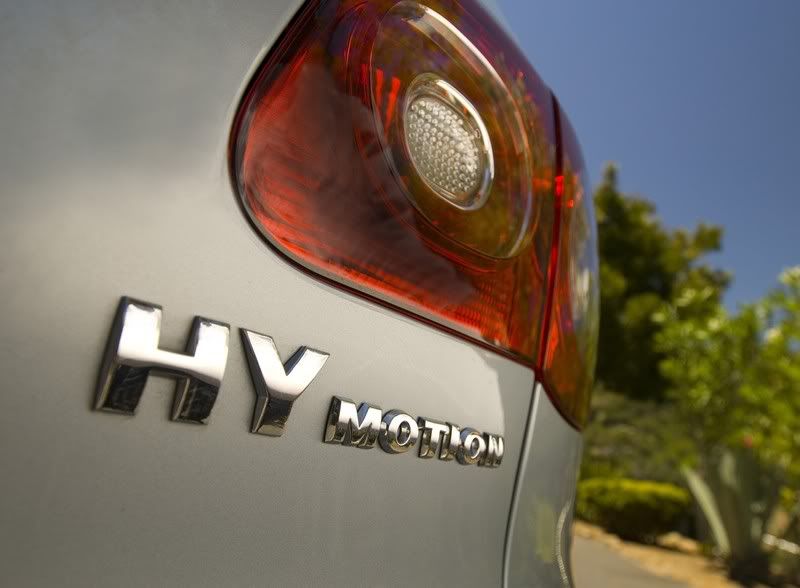
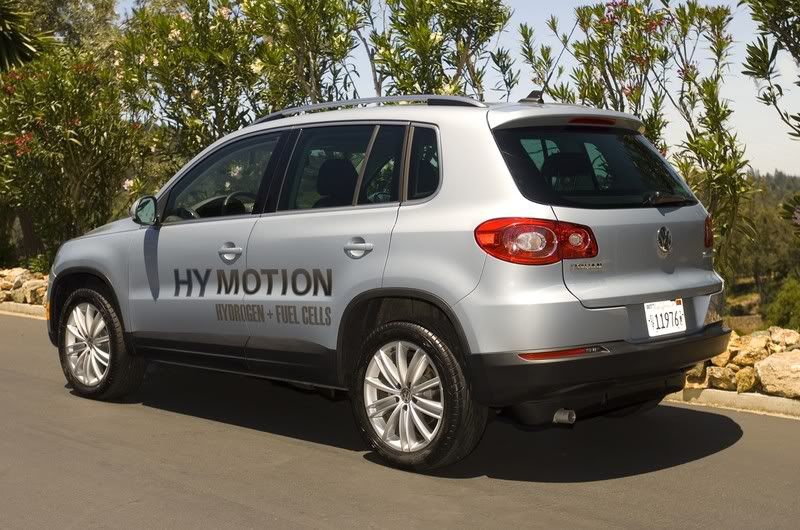
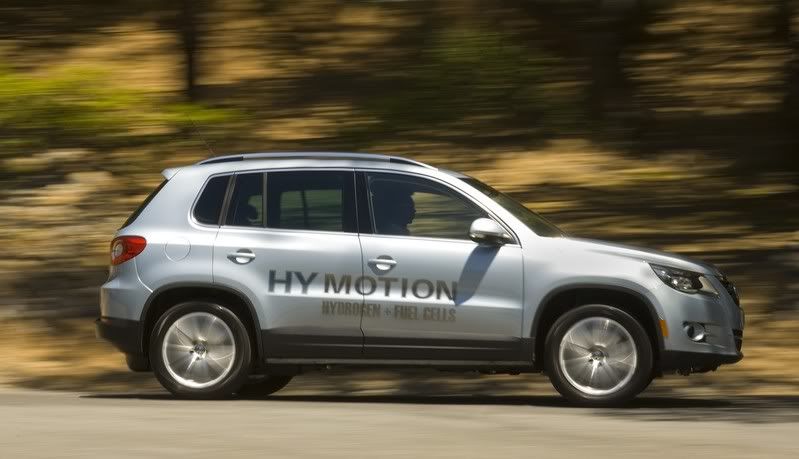
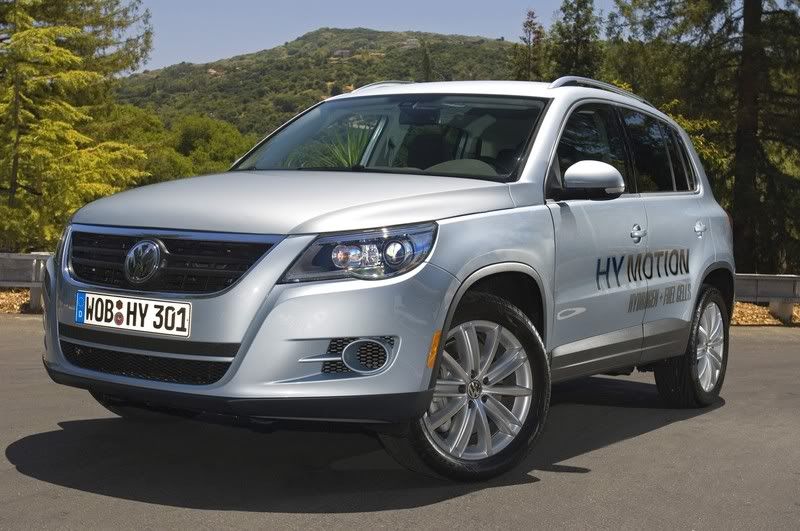
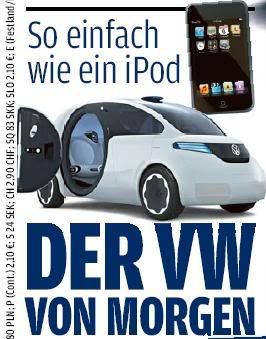
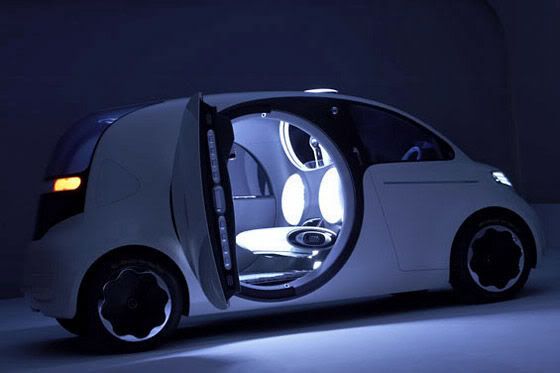






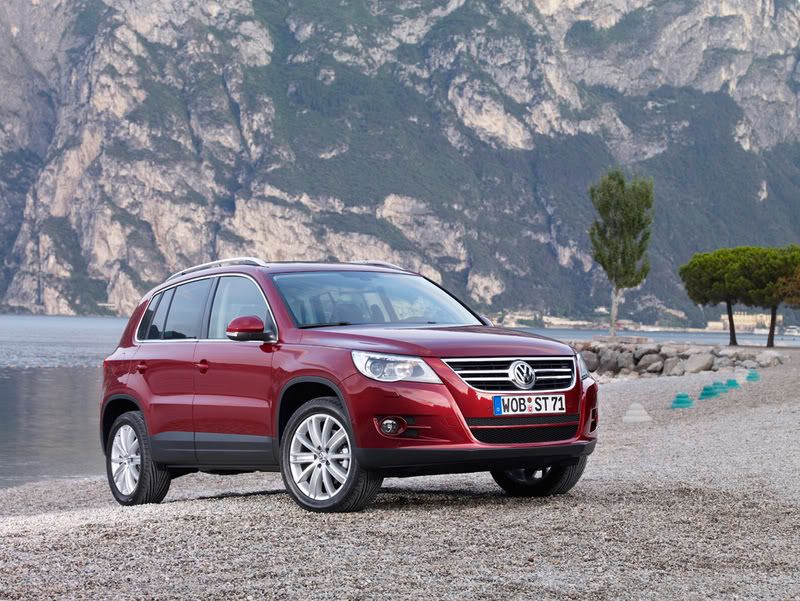 The Tiguan hasn't even been in the market for very long and it already has a pretty serious recall. Luckily, only a small number of units are affected. Volkswagen has issued a recall for 4000 units of the 2009 Tiguan and 2008 Passat and Passat Wagon for what they're calling an 'engine surge' issue (that's 4000 in total, not each model). Essentially, the issue involves an engine control module that may not be able to control engine idle when the air conditioning is on. In rare cases, it may cause an unexpected jump in RPMs and thus cause an accident.
The Tiguan hasn't even been in the market for very long and it already has a pretty serious recall. Luckily, only a small number of units are affected. Volkswagen has issued a recall for 4000 units of the 2009 Tiguan and 2008 Passat and Passat Wagon for what they're calling an 'engine surge' issue (that's 4000 in total, not each model). Essentially, the issue involves an engine control module that may not be able to control engine idle when the air conditioning is on. In rare cases, it may cause an unexpected jump in RPMs and thus cause an accident. 




